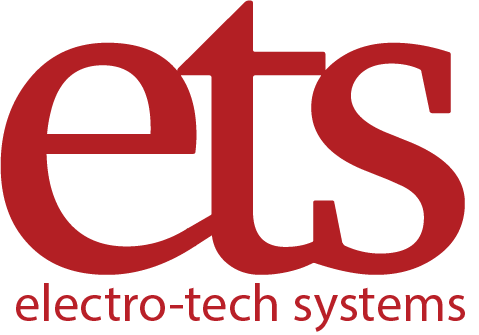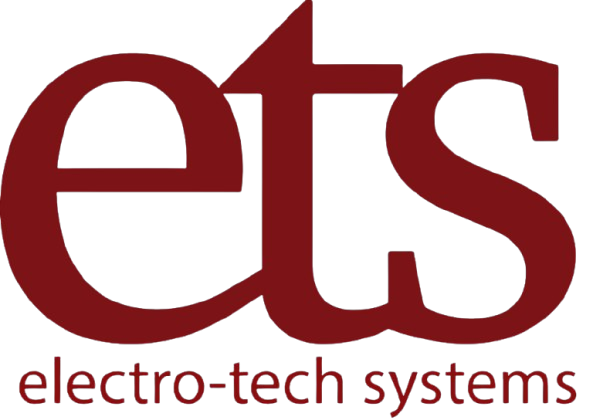Electrostatic Probe Applications in U.S. ESD Labs for Advanced Static and Charge Control
Electrostatic probes play a vital role in modern Electrostatic Discharge (ESD) testing laboratories across the United States. As industries like semiconductor manufacturing, electronics assembly, aerospace, automotive electronics, and cleanroom environments continue to adopt miniaturized and sensitive electronic components, the need for accurate static and charge control has become more critical than ever.
These precision instruments measure surface potentials, charge densities, and electric fields without direct contact — a capability that makes them indispensable for maintaining product integrity and ensuring compliance with stringent international standards. This article explores the in-depth applications, benefits, and growing significance of electrostatic probes in U.S. ESD labs that support the nation’s high-reliability manufacturing ecosystem.
Understanding Electrostatic Probes
Electrostatic probes, also known as field meters or charge monitors, are devices designed to measure electrostatic potential and field strength on surfaces or in the surrounding air. Their ability to perform non-invasive and highly precise measurements allows laboratories to detect and mitigate static buildup before it causes irreversible damage.
In industries where even a few volts of uncontrolled electrostatic discharge can destroy microcircuits or contaminate a cleanroom, electrostatic probes act as the first line of defense in static control and process optimization.
Core Applications of Electrostatic Probes in U.S. ESD Labs
-
Static Charge Detection and Quantification
One of the fundamental uses of electrostatic probes in ESD testing laboratories is detecting and quantifying static charge buildup on materials, equipment, and personnel.
In semiconductor fabrication and electronics assembly, static charges can accumulate on wafers, printed circuit boards, tools, packaging, and even on human operators. When discharged suddenly, these charges can cause latent or catastrophic failures in sensitive components.
Electrostatic probes enable continuous real-time monitoring of such static buildup, helping labs identify problem areas and apply targeted mitigation measures such as grounding, ionization, or humidity control. This proactive monitoring ensures that operations remain within safe ESD thresholds.
-
ESD Control Verification
U.S. ESD testing laboratories also utilize electrostatic probes to validate the effectiveness of static control measures. These include grounding systems, conductive flooring, wrist straps, ionizers, and anti-static packaging materials.
By providing quantitative feedback, electrostatic probes allow engineers to fine-tune ESD control setups, ensuring all systems function correctly under different environmental conditions. This process helps in maintaining compliance with standards like ANSI/ESD S20.20 and IEC 61340, both of which require verified and documented ESD control procedures.
-
Cleanroom Monitoring and Static Hotspot Detection
In cleanroom environments, particularly within semiconductor and medical device industries, electrostatic control directly impacts contamination management. Static charges attract airborne particulates, which can compromise product yield or lead to micro-defects during wafer processing.
Electrostatic probes help cleanroom operators identify static hotspots by mapping field strength across workstations and equipment surfaces. The data obtained guides adjustments in humidity, ionizer placement, and airflow systems to reduce particulate attraction.
This continuous feedback loop supports cleanroom certification and maintenance, ensuring that environmental controls remain stable and effective for ultra-sensitive manufacturing processes.
-
Compliance and Risk Assessment
Electrostatic probes are essential tools for compliance audits and risk assessment in laboratories that must meet both U.S. and international ESD standards.
ESD testing labs routinely perform measurements to demonstrate conformance with ANSI/ESD S20.20, IEC 61340-5-1, and related guidelines. These measurements form part of an organization’s documentation and traceability framework, proving that static management systems are performing within accepted limits.
Moreover, electrostatic probes assist in risk-based decision-making, allowing engineers to assess the probability and potential impact of ESD events across various stages of the manufacturing process.
-
Product Qualification and Failure Analysis
Another significant application of electrostatic probes is in product qualification and failure analysis. In these scenarios, probes help detect and isolate ESD-induced damage that might not be visible to the naked eye.
For instance, in automotive electronics and microelectronics, where devices often undergo complex qualification tests, electrostatic probes allow analysts to simulate charge exposure and measure field intensity during test cycles.
When a failure occurs, these probes can identify whether ESD was a contributing factor, enabling more accurate root cause analysis and the refinement of static control procedures. This capability is vital in sectors like aerospace and defense, where reliability and traceability are non-negotiable.
-
Calibration and Certification Services
Calibration ensures that electrostatic probes deliver reliable, repeatable, and traceable measurements — a core requirement in ISO-accredited laboratories.
Many U.S. facilities, including industry leaders like Electro-Tech Systems (ETS), offer ISO 17025-certified calibration and testing services for electrostatic probes and ESD measurement equipment.
Through periodic calibration, laboratories maintain confidence in their data accuracy, which directly supports quality assurance programs, third-party certifications, and customer audits.
Industry Scale and Market Growth in the U.S.
The U.S. Electrostatic Discharge (ESD) Testing Services Market has grown rapidly in recent years. Valued at around $1.2 billion in 2024, it is expected to reach approximately $2.5 billion by 2033, reflecting a compound annual growth rate (CAGR) of 9.1%.
This expansion is driven by several key factors:
- Rising complexity of semiconductor manufacturing and advanced packaging technologies.
- Increasing ESD sensitivity of miniaturized IoT devices and wearables.
- The growing use of electronics in automotive safety, electric vehicles, and aerospace systems.
- Greater emphasis on regulatory compliance and product reliability certification.
Industries most reliant on ESD testing include semiconductors, automotive electronics, aerospace, consumer electronics, and medical devices. Each of these sectors depends heavily on ESD labs to maintain the precision and reliability necessary for global competitiveness.
If your business operates in any of these industries and requires expert ESD testing or electrostatic measurement services, contact us today to learn how we can help ensure your processes meet the highest standards of static control and compliance.
Benefits of Electrostatic Probes in ESD Laboratories
The advantages of incorporating electrostatic probes into ESD testing and process control workflows are both technical and operational:
Quantitative, Repeatable Measurements
Electrostatic probes provide numerical and repeatable data that form the foundation for accurate static risk assessment. This data enables engineers to correlate charge buildup levels with process variables and optimize equipment performance accordingly.
Non-Contact Measurement Capability
Because electrostatic probes measure charges without touching the surface, they avoid introducing measurement interference or damaging delicate samples — crucial when dealing with wafers, microchips, or thin-film materials.
Environmental Adaptability
Modern probes can operate across varying humidity and temperature conditions, enabling dynamic testing environments that mirror real-world operating scenarios. This helps labs validate how environmental shifts affect ESD behavior.
Enhanced Cleanroom Integrity
In cleanrooms, maintaining ultra-low particulate levels is critical. Electrostatic probes contribute by pinpointing static sources that may otherwise compromise cleanroom sterility and product yield.
Data for Compliance and Certification
Measurement data from electrostatic probes forms an integral part of the documentation required for third-party certifications and regulatory audits. Such records not only demonstrate compliance but also enhance customer confidence and product credibility.
Support for Failure Prevention and Continuous Improvement
By identifying potential static risks early, electrostatic probes help prevent costly ESD events. The continuous monitoring data support predictive maintenance and continuous improvement initiatives, leading to reduced downtime and higher product quality.
The Future of ESD Testing and Electrostatic Probe Technology
The future of electrostatic measurement in U.S. laboratories is moving toward automation, digital integration, and real-time analytics. Modern probes are being designed with wireless data logging, IoT connectivity, and AI-assisted calibration capabilities.
These innovations enable continuous data collection across entire facilities, allowing for centralized static management systems that automatically adjust ionizers or humidity controls in response to measured field fluctuations.
Additionally, as 5G electronics, EV systems, and aerospace materials become more complex, ESD sensitivity thresholds will continue to drop — further increasing reliance on high-precision electrostatic probes for both preventive and diagnostic applications.
Conclusion
Electrostatic probes have become indispensable tools in U.S. ESD testing laboratories, underpinning nearly every stage of modern electronics and materials testing. From static charge detection and cleanroom monitoring to compliance validation and failure analysis, these instruments empower industries to manage electrostatic risks with scientific precision.
As the demand for smaller, faster, and more reliable devices grows, so too will the importance of electrostatic probes in ensuring safe, compliant, and efficient production environments.
By enabling quantitative, non-contact, and repeatable measurement, they help laboratories maintain global quality standards, prevent ESD-related failures, and protect the next generation of advanced technologies.

